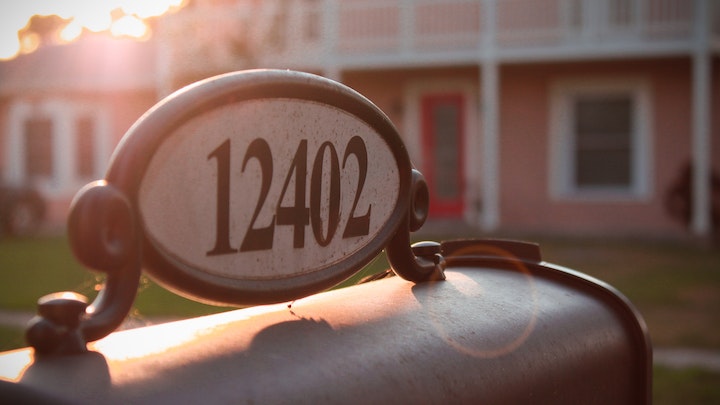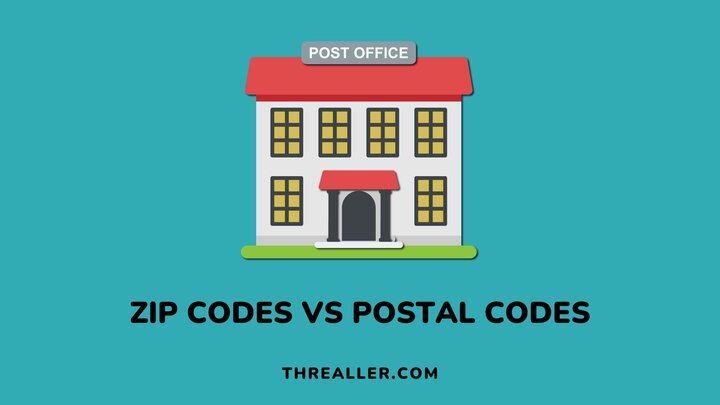When preparing a package for shipping, it is a no-brainer to include a valid address for smooth and accurate delivery. In most cases, these codes are either zip codes or postal codes.
Zip and postal codes are usually numbers or a mixture of numbers and alphabets. Their major role is to help mail carriers with sorting, information on geographical locations, best mailing routes, and delivery points.
Despite serving a similar purpose, what works for country A might not work for country B. While most countries use postal codes (as seen in the U.K., India, Singapore, and the Netherlands), countries like the U.S. and the Philippines employ a variant known as zip codes.
As you proceed in this guide, you will find out what postal and zip codes are, how they differ, and the various ways to know which applies to your location.
What is a Postal Code?
Postal codes combine figures and alphabets that form specific identification codes for delivery points within a particular region or location. An example is PO1 3AX.
They were introduced in 1959 and remained the most common system for organizing and ensuring accurate mail delivery.
In other words, when shipping within a state, between different states, or from one country to another, there is a huge chance that it will involve postal codes.
What is a Zip Code?

Zip codes, on the other hand, mostly feature five numbers representing the national area, region, or city and the delivery area within a location. An example is 90210.
They were introduced in 1963 by the United States Postal Service (USPS). These codes were designed to recognize the various (individual) post offices in the U.S.
Let’s take a look at the significance of each digit:
- The first digit: represents the national area or defined group of states.
- The second and third digit: represents the region within this group (usually a large city).
- The fourth and fifth digit: represents the number of post offices or delivery area within a region.
Nevertheless, that may not be all you need to know about zip codes because they have a variant containing four more codes.
These are known as full zip codes and are designed to ensure greater delivery accuracy for mail (especially during congestion).
What is a Zip+4 or a Full Zip Code?
While most people are better familiar with the standard 5-digit zip codes earlier discussed, the growing need for better sorting resulted in the development of the zip+4 codes.
For context, these codes contain the standard five digits and an additional four digits (providing extra information for precise delivery). An example of a zip+4 code is 99577-0727.
What is the Difference between Zip Codes and Postal Codes
| Zip Codes | Postal Codes |
| It is the standard for sorting and delivering U.S. mail | Postal codes are used for global deliveries |
| Zip codes mostly consist of 5 digits or 9 digits as seen in Zip+4 codes | Postal codes vary in length and feature a combination of digits and letters |
| Zip codes are primarily associated with the U.S. mail | Postal codes have other uses aside from mail delivery. They can help with determining sales tax rates, locating services, and demographic assessments |
| It is a fixed name. | It is called postcodes in the U.K. and PLZ in Germany. |
| Zip codes are offer better address precision | Zip codes offer better address precision |
How to Know Your Postal Code or Zip Code
Since postal and zip codes serve similar purposes, there are several ways to determine which one applies to your location.
Here are some of the easiest ways to know your postal code or zip code:
1. Find zip codes via USPS
USPS is a U.S. service. Hence, this option is best for individuals in countries that use zip codes. To find your zip code via USPS, visit the USPS Zip Code Lookup. This tool allows you to search zip codes by cities or states.
2. Find zip codes or postal codes with Google
Google, on the other hand, is a free service for everyone. It can help you identify zip or postal codes for countries or locations.
To locate your zip code via Google, you must type your address alongside your zip code (for example, “Chesnut zip code”) to see all the zip codes that apply to your location. The same rule applies to postal codes.
FAQs
What is a zip code example?
A standard U.S. zip code should look like 90231. It is usually a string of five numbers representing a delivery point.
What do the last four digits of a zip code mean?
The last four digits of a zip code represent specific delivery routes within a delivery area.
In other words, it provides matching details like houses on one side of a street or a single building with a track record of a high volume of emails.
What does a valid zip code mean?
A zip code is valid if it accurately describes the address or delivery point.
This also applies to a zip+4 code.
Conclusion
Adopting a system such as zip codes or postal codes remains instrumental to accurately delivering mail, letters, and all forms of shipment. Without it, many headaches and confusion would have ravaged postal services.
Nevertheless, despite serving a similar purpose, both codes have different structures and minimal differences. Postal codes apply to most parts of the world and primarily feature a combination of numbers and alphabets.
On the other hand, zip codes are more of a variant for shipment within the U.S. and the Philippines. They primarily feature only numbers (5 digits or more as seen in zip+4 codes).
I hope you found this guide helpful. Postal and zip codes are also crucial to avoid failed delivery attempts. To better understand this concept, please see the meaning of attempted delivery.
Thanks for reading.

